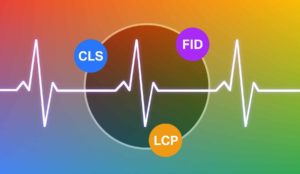Keep it Simple Stupid – The Strategist’s Guide to Writing with Brevity

Do you remember way back when, when your elementary school teacher asked you to write a 2 page paper, and it was the LONGEST thing you’d ever written? After you finished it off, life was amazing again until the next teacher asked you to write a 10 page paper, and then came college in the twenty to thirty range, and don’t even get me started on those doctorate candidates out there! Who on Earth ever wanted to read a 50 page paper???
As it turns out…not the Twitter generation.
We’ve been trained to go long. Whether it’s addressing every possible fact or adding extra superfluous redundant excess adjectives, longer always equaled better. In truth, the papers we are accustomed to are meant to declare a thought, support that thought with ideas, and then provide evidence for those ideas to show the reader that you actually know what you’re writing about. 50 pages worth of ideas may be what’s needed to prove that to an expert, and it’s certainly a great practice for learning; however, the internet plays by a different set of rules, and you aren’t writing for your learning. It’s for theirs. You are already the expert, and you created a webpage to let that be known to the masses. You gotta speak THEIR language!
You think it’s a coincidence that Twitter has a character limit? Or that it’s so popular because of it? No way! Brevity is king. Just ask the 17th century French prodigy Blaise Pascal!
“I have only made this letter longer because I have not had the time to make it shorter.” – Blaise Pascal
He knew the value that brevity could bring long before the instant gratification generation came along. So now it’s time to take a page from his book and throw out everything that you learned about writing ridiculously large amounts of text! Instead, it’s all about learning to write a ridiculously small amount of text (but here’s the kicker) that still makes sense and gets your point across. You know that old cliche, “less is more?” Well, cliches are cliches for a reason!
The key is learning to distill down everything you WANT to say into only those things that you SHOULD say. Who? What? Where? When? Why? Those are the most important questions that your customers want to know the answers to. Beyond that, other info runs the risk of just being noise. It’s not an overnight endeavor, (as Pascal noted it takes more time to write less,) but Louise Brooks, a 20th century actress, has a good rule of thumb:
“Writing is 1 percent inspiration, and 99 percent elimination.” – Louise Brooks
As you look through the content on your website, think about whether something needs to be there or needs to be displayed as prominently as it is. Forget all the then-what’s, what-if’s, and if-only’s: did you include it to answer someone’s specific, yet uncommon question? Odds are, something like that is better off left to conversation. The trick is to take a step back and learn to identify the fluff from the good stuff.
Still curious on best practices? Drop me a line in the comments, and I’d be happy to talk further!

About Great Big Digital
Achieve your website goals with customized data, intuitive UX, and intentional design.


